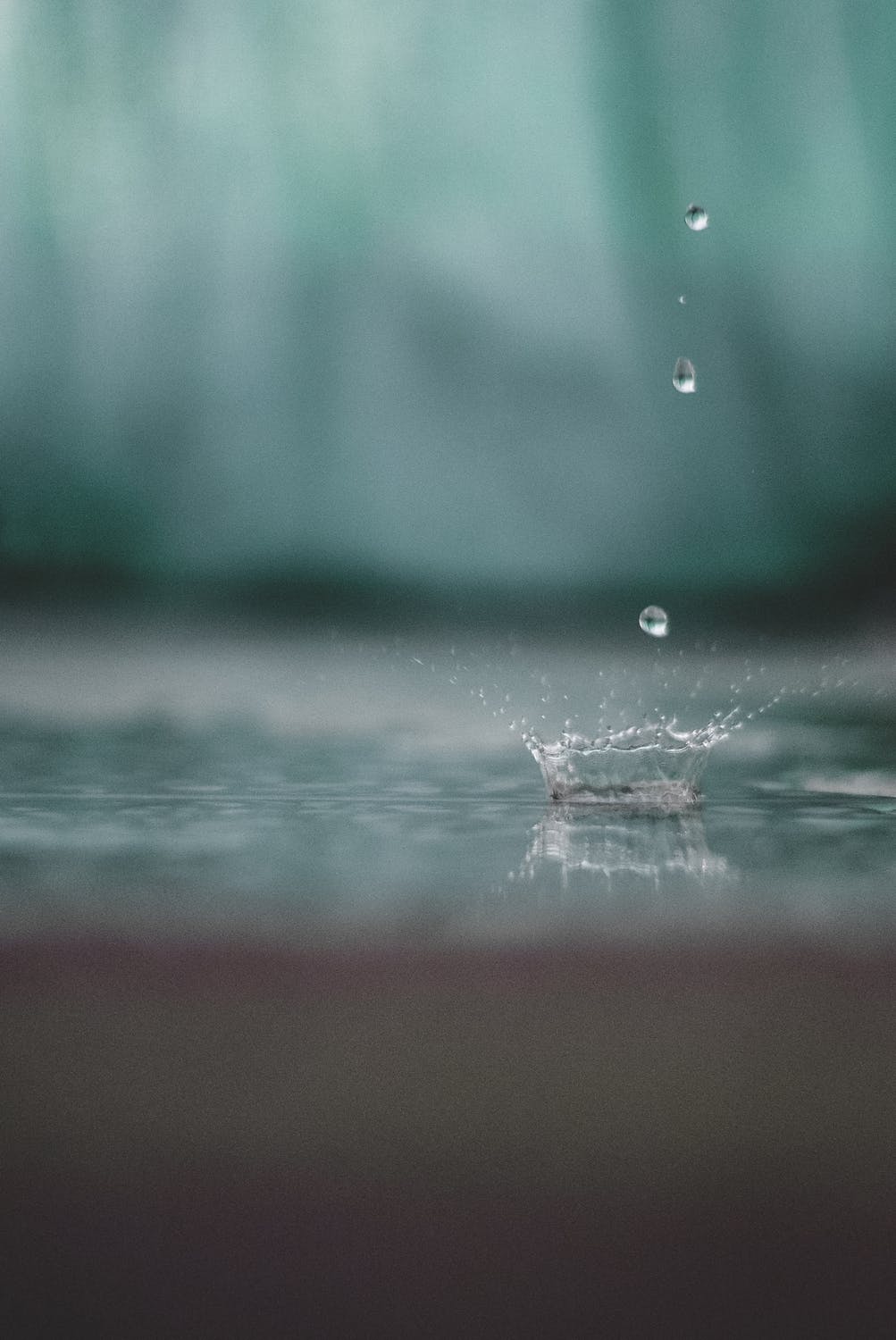The fundamental needs of plants
Plants have a set of basic necessities, without which they can’t survive and develop, just as we people do. These needs include an adequate supply of water, light, nutrients, and carbon dioxide. Plants also have specific temperature and humidity requirements. Whether you’re growing indoors or outdoors, you have to meet all their needs.
Light 
Light is absolutely necessary for plant development. Light requirements are different in each species, and it’s essential to realise that they change during the growth cycle as vegetative growth turns into flowering. Generally, a plant needs up to 18 hours of light a day during the vegetative phase, and its requirements reduce to about 12 hours daily during flowering. Plants are very sensitive to light (intensity, duration) because they use it to know which season it is.
Water
How much water a plant needs depends on the species, daylight hours and its age. If a plant doesn’t get enough water, it wilts due to the drop in hydrostatic pressure, which keeps it firm. In other words, once the plant doesn’t get enough water, its cells lose volume, and the plant dies.
Carbon dioxide (CO2)
Plants use gases found in the atmosphere to grow. If a plant doesn’t get enough of them, it can be detrimental, even critical, to its health and development. The most important of these gasses is carbon dioxide (CO2) which, along with water and light, is crucial for photosynthesis - the process through which plants create the glucose they need for nutrition.
is crucial for photosynthesis - the process through which plants create the glucose they need for nutrition.
Temperature
If you’re cultivating plants indoors, you have to monitor and adjust the temperature to the right level. As we said before, the needs crucial for photosynthesis are light, water and carbon dioxide. However, its course is also affected by the temperature. If the temperature isn’t right, photosynthesis stops being effective, and the negative impacts are apparent.
Air humidity
In indoor growing, humidity is an often overlooked variable. At optimal humidity, the plant achieves higher and better yields. Young plants, at the very beginning of the growth cycle, require much higher humidity than older plants because it helps them develop a healthy root system. We recommend lowering the humidity during the vegetative and flowering phases to prevent the spread of moulds and other malignant fungi.
We recommend these products:
More articles:
